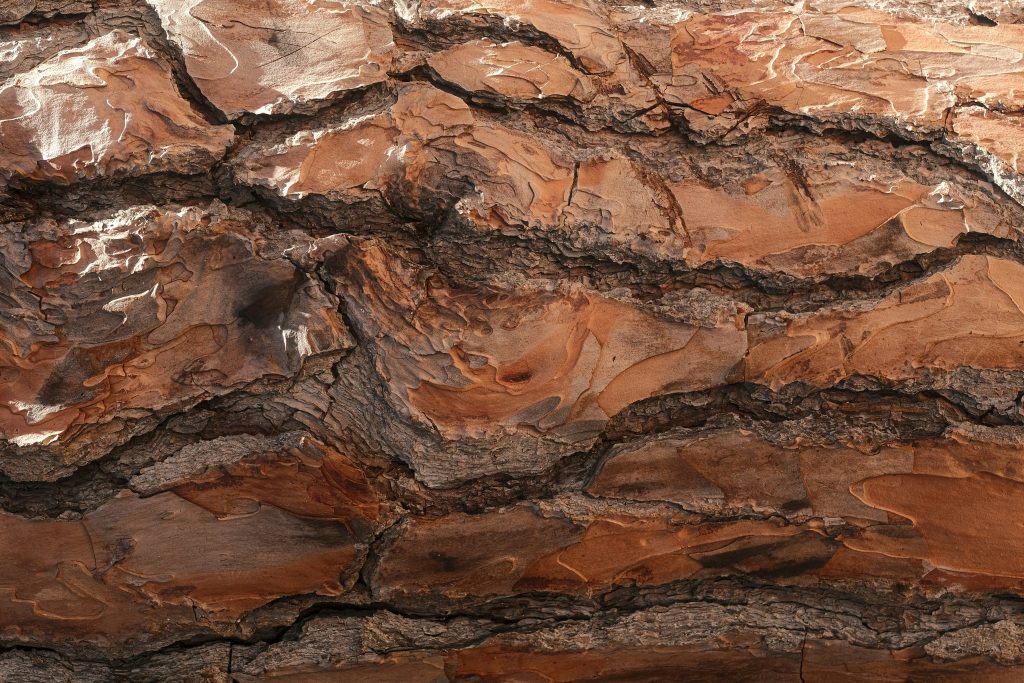A devastating landslide in Ketchikan, Alaska, has left the community reeling after claiming the life of at least one individual and injuring several others. The disaster unfolded around 4 p.m. on a fateful Sunday, as heavy rains preceding the event created conditions ripe for such a catastrophic occurrence. The landslide, which descended from a steep, forested hillside, crossed the Third Avenue Bypass and continued downhill, wreaking havoc on residential properties in its path.
Local officials confirmed that emergency crews were dispatched promptly to the scene, where they faced the challenging task of navigating the debris-filled landscape. The rescue efforts were hampered by the risk of further landslides, as the saturated earth remained unstable. Residents were warned to stay alert, with some being ordered to evacuate their homes in anticipation of additional geological activity.
The impact of the landslide has been profound, not only physically but emotionally, as Ketchikan grapples with the loss of life and the damage to homes that were obliterated in moments. The community, known for its resilient spirit, now faces the daunting task of recovery and rebuilding. Local authorities have indicated that despite the disaster, cruise calls to Ketchikan will continue as scheduled, emphasizing the town’s role as a key destination for tourists.
As investigators and geologists assess the aftermath of the landslide, they have highlighted the correlation between the heavy rains and the landslide’s occurrence. The region has been experiencing significant rainfall, which researchers suggest may have contributed to the instability of the slope that ultimately gave way. This tragedy underscores the importance of monitoring such environmental conditions to prevent future disasters.
In the wake of this event, community leaders are rallying together to provide support for those affected. Counseling services and emergency assistance programs are being established to help residents cope with the emotional fallout and the practical challenges of displacement and property loss.
As Ketchikan begins the long process of healing, the solidarity of its residents shines through. Neighbors are coming together to lend a helping hand, demonstrating the strength of community bonds in the face of adversity. The recovery efforts will not only focus on physical rebuilding but also on restoring the sense of safety and security that has been shaken by this tragic event.
While the immediate threat of further landslides looms, the town’s emergency management teams remain vigilant, monitoring weather patterns and geological conditions closely. Their proactive approach aims to mitigate risks and ensure the safety of Ketchikan’s residents in the coming days.
This landslide serves as a stark reminder of the power of nature and the vulnerabilities that communities face, especially in regions prone to geological activity. It is a call to action for local authorities and residents alike to prioritize preparedness and resilience in the face of such unpredictable events. As Ketchikan mourns its loss, it also looks towards the future, determined to rebuild and emerge stronger than before.

